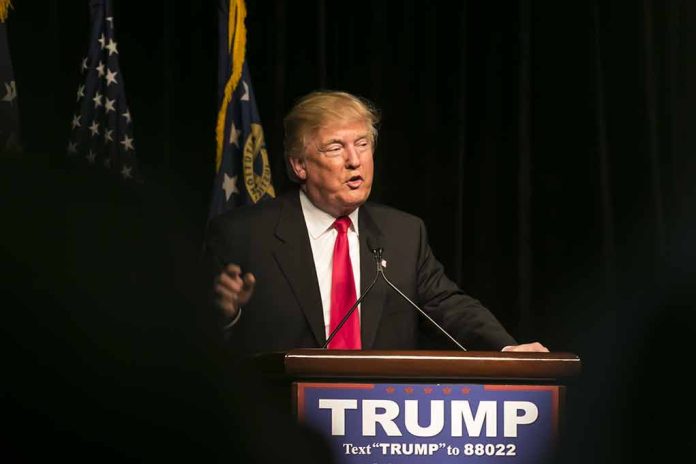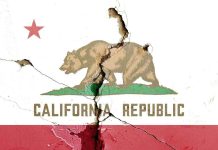
President Trump’s recent executive order on tariffs has stirred the world with its bold intent to address trade deficits and global inequalities, but how will this move reshape U.S. economic sovereignty?
Key Takeaways
- President Trump declared a national emergency linked to foreign trade practices affecting U.S. economic security.
- A 10% tariff will apply to all countries, with higher tariffs for nations with significant U.S. trade deficits.
- Steel, aluminum, and pharmaceuticals are exempt from the tariffs.
- The executive order highlights global trade imbalances as national security threats.
- The order seeks to enhance fair trade, protect American workers, and reduce the deficit.
Executive Order Overview
President Donald J. Trump signed a pivotal executive order on April 2, 2025, declaring a national emergency to counteract foreign trade measures that undermine U.S. economic security. The order invokes the International Emergency Economic Powers Act of 1977, introducing a universal 10% tariff to rectify trade imbalances. Strategic exemptions for particular sectors, such as steel and pharmaceuticals, were included to safeguard vital domestic industries.
This move underscores Trump’s commitment to reshaping U.S. trade policies. The 10% tariff, adjustable for countries with substantial trade surpluses with the U.S., aims to elevate reciprocal trading arrangements. The order’s detailed structure sets the stage for transforming how America navigates global trade dynamics, potentially impacting U.S. security and economic competitiveness.
🚨HERE IS THE FULL LIST OF RECIPROCAL TARIFF TRUMP IMPOSED WITH YESTERDAY'S EXECUTIVE ORDER
On April 2, 2025, President Donald J Trump announced a series of reciprocal tariffs as part of his "Liberation Day" trade policy, aimed at addressing what he describes as trade imbalances… pic.twitter.com/NIY4VwtUo4
— Lynnwood Times (@LynnwoodTimes) April 3, 2025
Impact on Global Trade
The order brings attention to long-standing global tariff disparities. The U.S. maintains one of the lowest average most-favored-nation (MFN) tariff rates at 3.3%, contrasting starkly with nations like Brazil, China, and India, which impose significantly higher tariffs. Critics highlight these uneven playing fields threaten U.S. economic sovereignty and impede industrial growth.
“I don’t believe that American consumers will see any meaningful increase in the prices that they face,” said former Biden Treasury Secretary Janet Yellen.
Observing tariff as a national security mechanism, the order condemns foreign trade practices that erode U.S. industrial capacity and job creation. The reshoring of production and its anticipated boost to domestic manufacturing stand as cornerstones of Trump’s strategy, aiming to fortify the U.S. economy against external market pressures.
Rebalancing Trade Relations
The executive order critiques historical trade arrangements post-World War II, urging for a recalibrated approach to global commerce. Specific focus is placed on reciprocal trade principles, targeting non-tariff barriers and external practices like wage suppression and overproduction. These factors contribute to adverse economic conditions, and by centering trade policy within a national security framework, the order seeks to revitalize U.S. industrial strength.
While opposition suggests the order may lack comprehensive detail, its scope and strategic measures highlight a distinct departure from traditional trade policy frameworks. By framing trade as a centerpiece for national security, the administration seeks to elevate U.S. economic independence and prosperity in the evolving global landscape.





